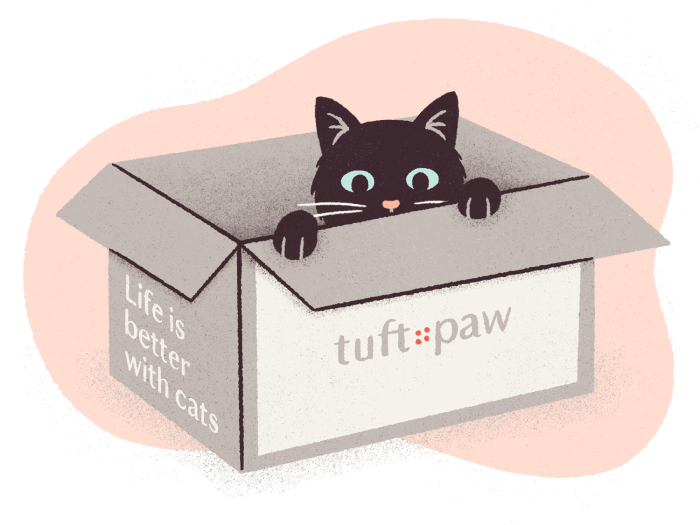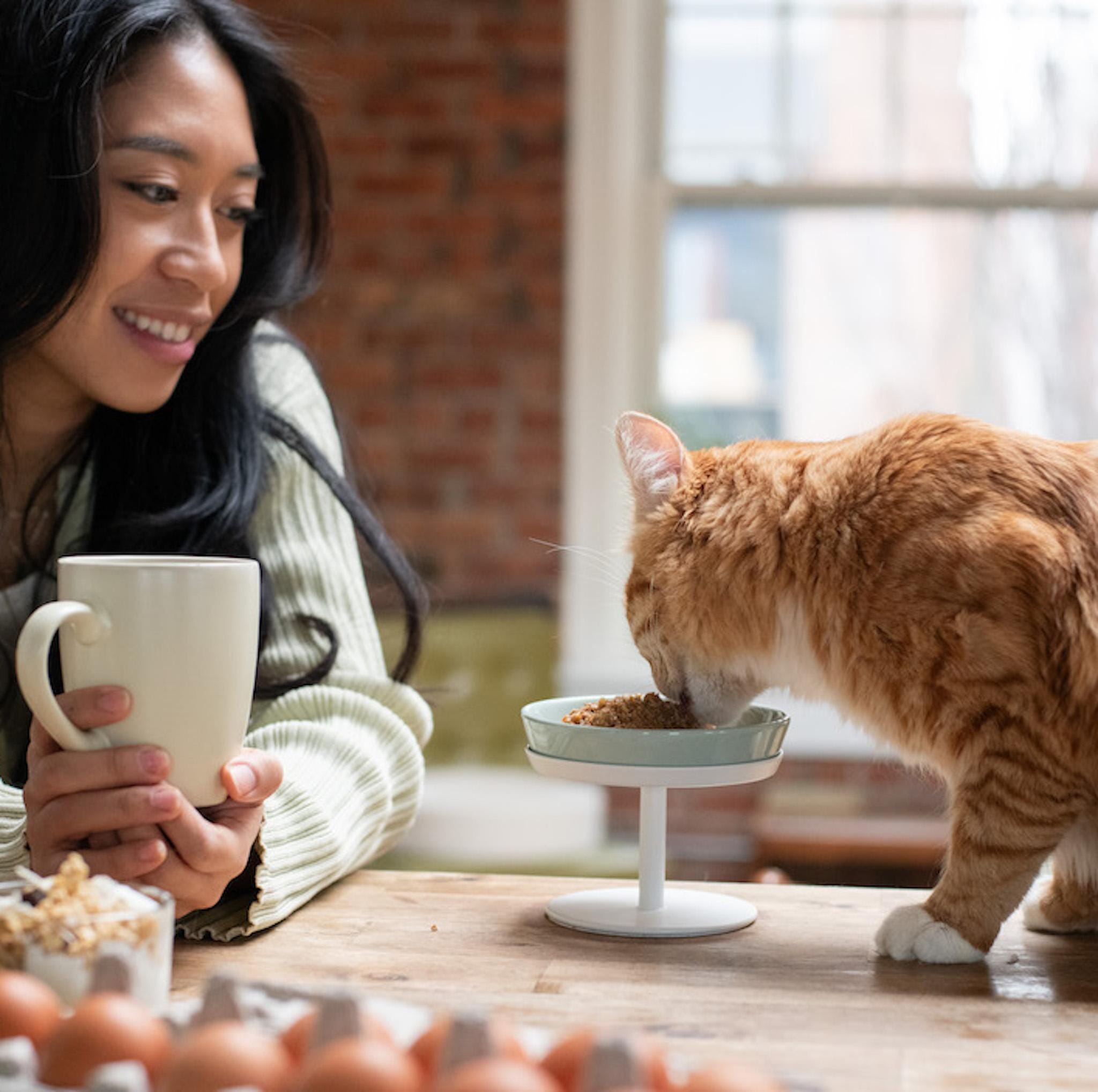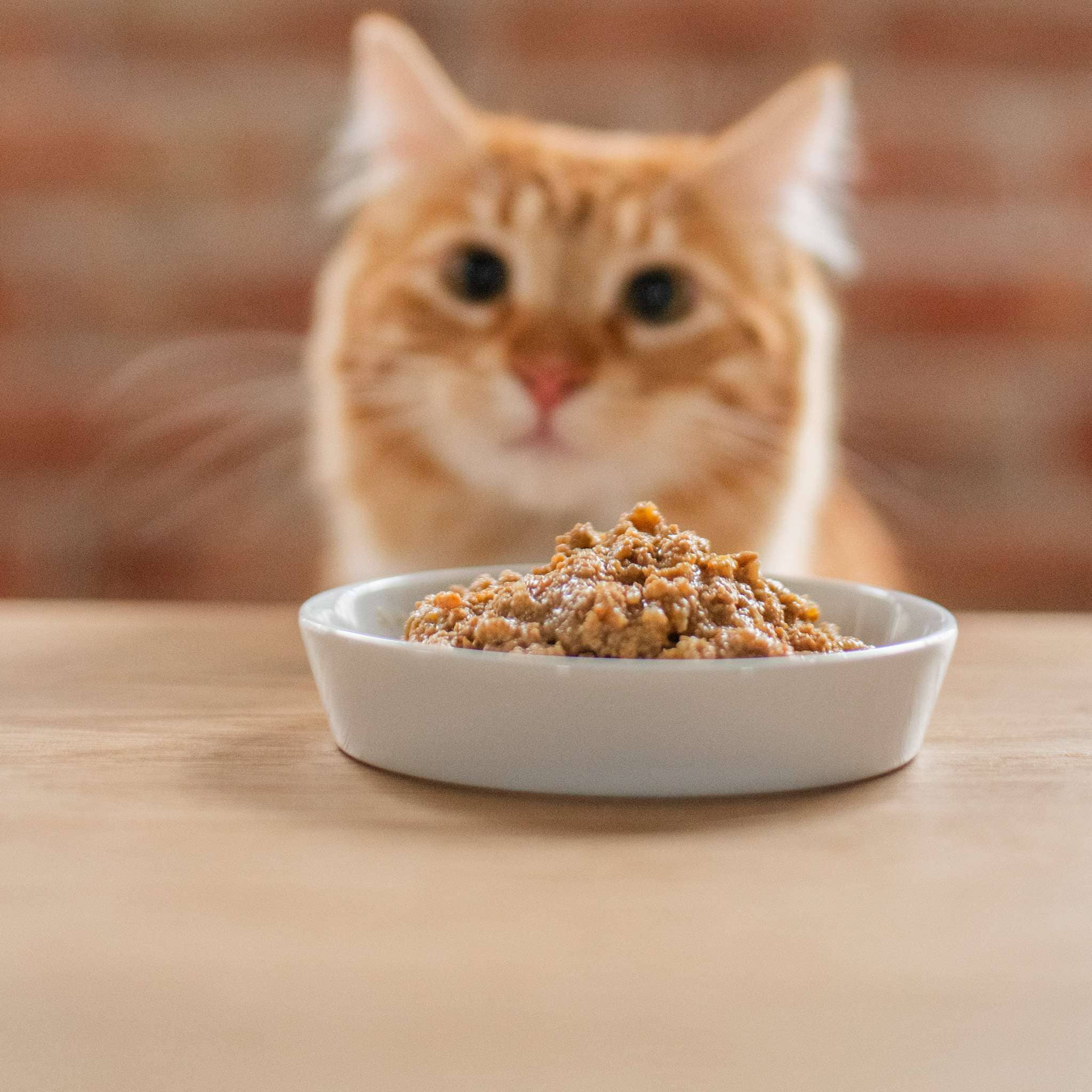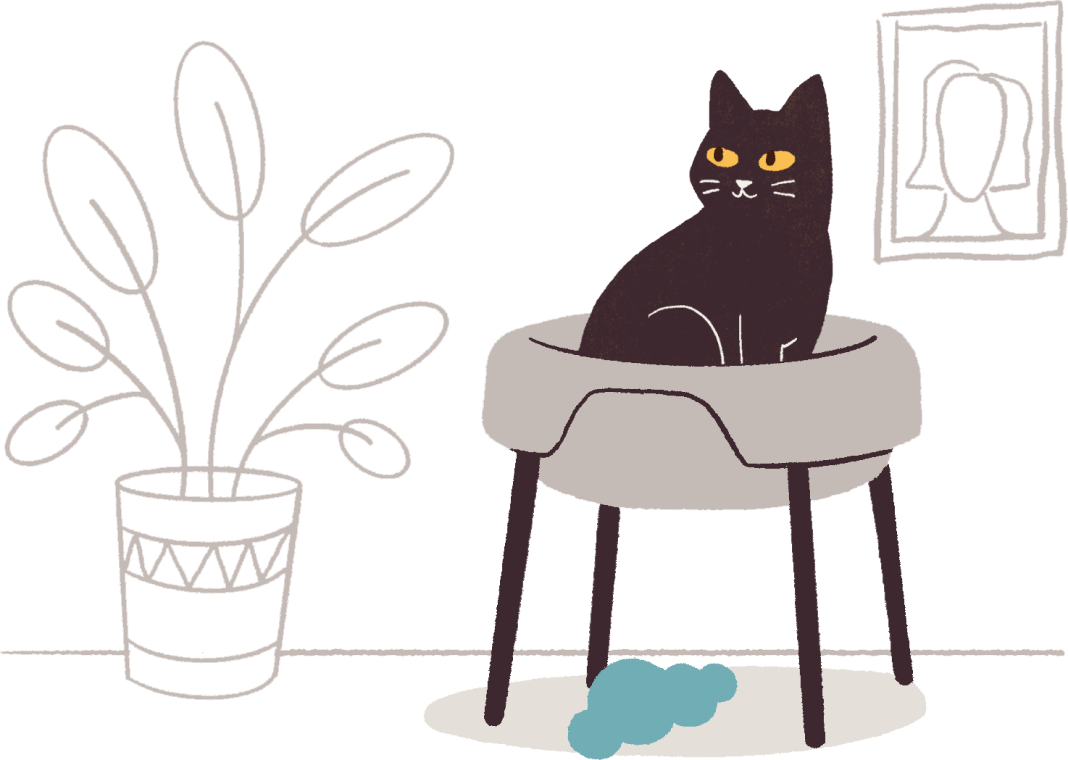So you’re making the switch to our tuft + paw's Really Great Cat Food! It’s an exciting change and one that your cat will probably love, but it’s crucial to take it slow when changing an important routine in your cat’s life. Let’s get your feline on the path to a delicious and healthy new diet!
Wet Food Transition Schedule
First of all, we recommend transitioning your cat’s food over 10 days as the best way to get even the most picky, change-averse and sensitive tummies on board.

If food acceptance decreases, revert to the previous step and hold for 5 days before attempting the next step again! For example, if your cat loses interest in the 50/50 mix, revert back to 75% old food and 25% Really Great Cat Food for 5 days, then try the 50/50 mix again.
Why a 10 Day Transition?
For cats who normally eat kibble…
A 10 day transition will be easier on their digestive system. Sudden changes in diet can disrupt the balance of beneficial gut bacteria. Microbiota colonies need time to adapt to the new macronutrient profiles and build appropriate colonies to handle the different profiles.
Additionally, wet food has a much higher water content and lower carbohydrate content than dry kibble, so a cat’s digestive system needs time to adjust to this change.
For cats who are picky eaters…
Slower transitions allow a cat to gradually become accustomed to the new tastes, textures, and aromas, which increases the likelihood of them accepting the new food.
For cats who are easily stressed…
Cats can be stressed by changes in their environment, including abrupt dietary changes! A longer transition period can help ease the stress associated with a new diet.
For cats who have digestive sensitivities or allergies…
Cats with certain health conditions, such as gastrointestinal sensitivities or food allergies, may benefit from a more gradual transition to reduce the risk of exacerbating their symptoms, and increase the likelihood of success on the new diet.
Cats are picky about 3 things: Taste, Texture and Temperature!
Cats exhibit imprint eating behaviors, which means they develop early learning patterns on food preferences. Once a cat forms an imprint on a specific type of food, they tend to develop a strong and lasting preference for the taste, temperature, and texture of that particular food throughout their lifetime. For example…
- If your cat has only eaten chicken-based kibble, they likely won’t immediately love a beef-based wet food.
- If your cat typically eats room temperature wet food, a cold portion from the fridge is likely unappealing. Try adding warm water, broth, or put it in the microwave for a few seconds to warm it up a bit.
- If your cat is super picky about textures, before attempting a food transition you can try placing a small bowl of the new food next to your cat’s current food bowl. This lets your cat get a whiff of the new food while they enjoy their regular meal. Keep up this routine for about two to three days, and then take the next step: attempt the food transition.
If digestive upsets occur:
If digestive upsets occur (diarrhea, vomiting, refusal to eat, etc.), we recommend going back to the transition phase that was having success (e.g. 75% old food, 25% new food) and remaining in this phase until symptoms improve. If symptoms last more than 5 days, discontinue use of new food and return to 100% old food. If after a few days, symptoms are still on-going there may be something else at play and it is best to consult your vet. In the long run, being patient and going slow is the best way to have success!
We’re here to help!
Following the steps in this guide should set you and your cat up for success, but if you need extra support please reach out! You can email us at purr@tuftandpaw.com. Good luck and we wish your cat happy mealtimes!





